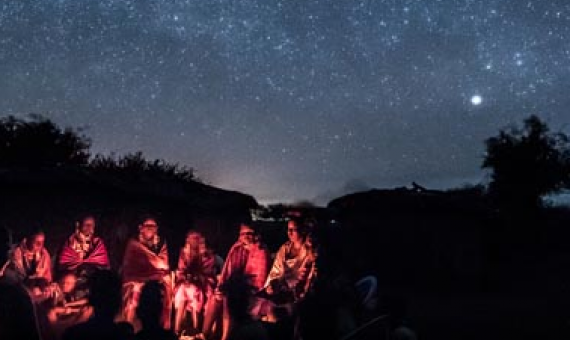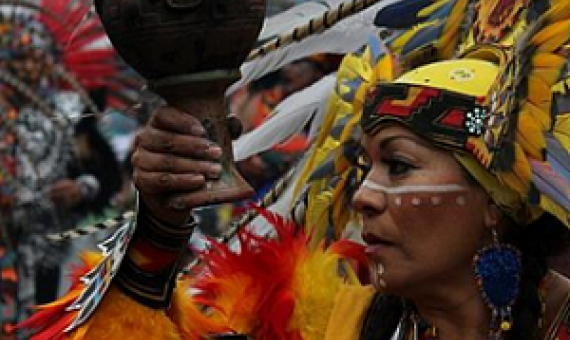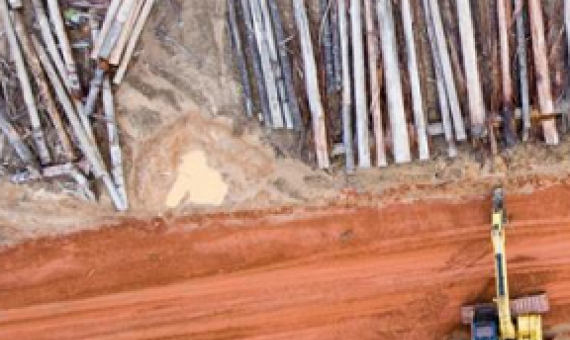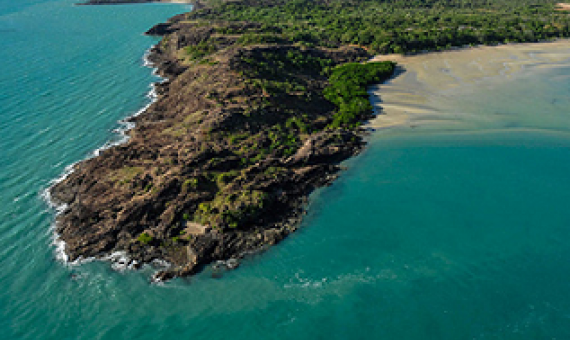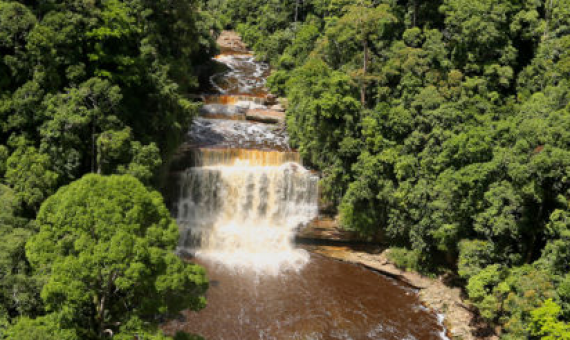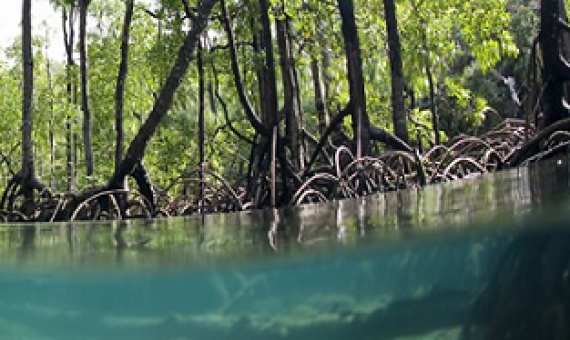Huge crowds are expected to scramble up Australia's Uluru on Friday before a ban on the climb takes effect. The giant monolith - formerly known as Ayers Rock - will be permanently off limits to visitors from Saturday.
With a global biodiversity crisis well under way and over 1 million plant and animal species threatened with extinction, new approaches are urgently needed to stem biodiversity loss and protect the natural values of global ecosystems for all humans.
New research bolsters the case for indigenous-led land management as a crucial conservation solution.
A statement on the Intergovernmental Panel on Climate Change (IPCC) Special Report on Climate Change and Land from Indigenous Peoples and local communities from 42 countries spanning 76% of the world’s tropical forests. Link to full article below.
"Wild foods," or wild edible species, provide important nutrients for millions of people worldwide, but they were left out of a recent report on creating sustainable food systems. Click on the link below to read the full article.
A major palm oil producer Korindo has been found guilty today (Wednesday) of rainforest destruction and human rights abuses in Papua by the Forest Stewardship Council.
Traditional Owners are working in partnership with the Queensland Government to ensure the environmental, cultural and heritage protection of the Cape York Peninsula.The future of more than 2 million hectares of protected areas across the Cape York Peninsula is being overseen by a special committ
Lands under secure indigenous tenure often have better conservation outcomes—can stronger protections around indigenous rights also protect the environment? Click on the link belowe to read the full article.
There is no denying, the authors write, that the destructive extinction trends, so visible across the planet, “have been less severe or avoided in areas held or managed by Indigenous Peoples and Local Communities….
From Amazon rainforests to the Arctic Circle, indigenous peoples are leveraging ancestral know-how to protect habitats that have sustained them for hundreds and even thousands of years, according to a landmark UN assessment of biodiversity.



